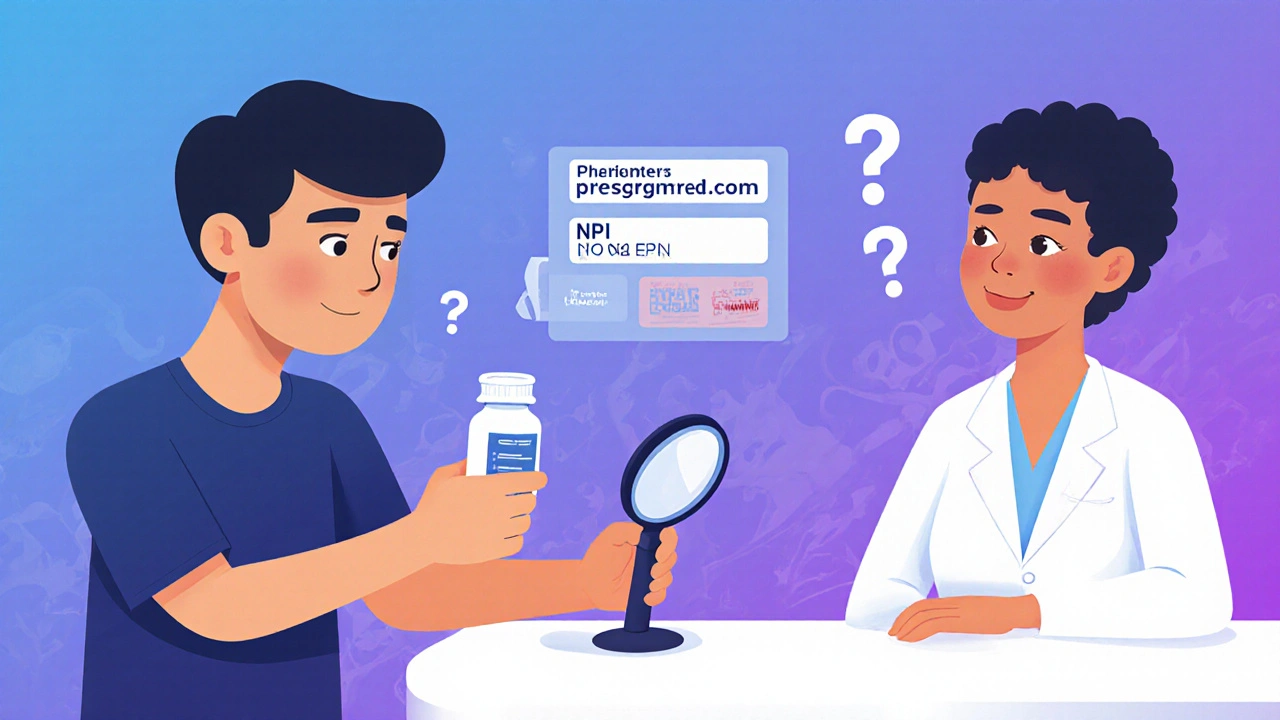Neurogenic Bladder – Understanding Causes and Treatments
When dealing with neurogenic bladder, a condition where nerve damage disrupts normal bladder storage and emptying. Also known as neurogenic urinary dysfunction, it often stems from neurological disorders or injuries.
Commonly associated problems include urinary incontinence, the involuntary leakage of urine that can range from occasional dribbles to constant wetness and conditions such as spinal cord injury, damage to the spinal cord that interrupts the nerve signals controlling bladder contraction and relaxation. Another key player is urodynamic testing, a set of measurements that assess how well the bladder stores and releases urine, which helps clinicians pinpoint the exact level of dysfunction. Finally, catheterization, the insertion of a thin tube to drain urine when the bladder cannot empty on its own is often part of the management plan.
Key Aspects of Neurogenic Bladder Care
Neurogenic bladder encompasses loss of voluntary control, altered sensations, and abnormal bladder pressures. Because the nervous system governs both the storage and emptying phases, any disruption—whether from multiple sclerosis, Parkinson’s disease, or a traumatic brain injury—creates a cascade of symptoms. Management therefore requires a multi‑layered approach. First, accurate diagnosis through urodynamic testing informs whether the bladder is overactive, underactive, or both. Second, behavioral strategies such as bladder diaries and timed voiding can reduce surprise leaks. Third, pharmacologic therapy—including anticholinergics for overactivity or alpha‑blockers for outlet resistance—targets the underlying muscle tone. When medicines aren’t enough, intermittent catheterization or indwelling catheters provide a safe way to empty the bladder and protect kidney function. Advanced options like sacral neuromodulation or Botox injections work by re‑training nerve pathways and reducing unwanted contractions. Throughout, regular follow‑up ensures that pressure stays within safe limits, preventing upper‑tract damage.
By linking the root cause (nerve injury) with diagnostic tools (urodynamics), therapeutic options (meds, catheters, neuromodulation) and everyday strategies (diaries, timed voids), you get a full picture of how to tackle neurogenic bladder. Below you’ll find in‑depth articles that walk through each of these pieces, from the science behind spinal cord injury effects to step‑by‑step guides on safe catheter use. Dive in to discover practical tips, latest research findings, and real‑world advice that can help you or a loved one regain confidence and protect kidney health.






